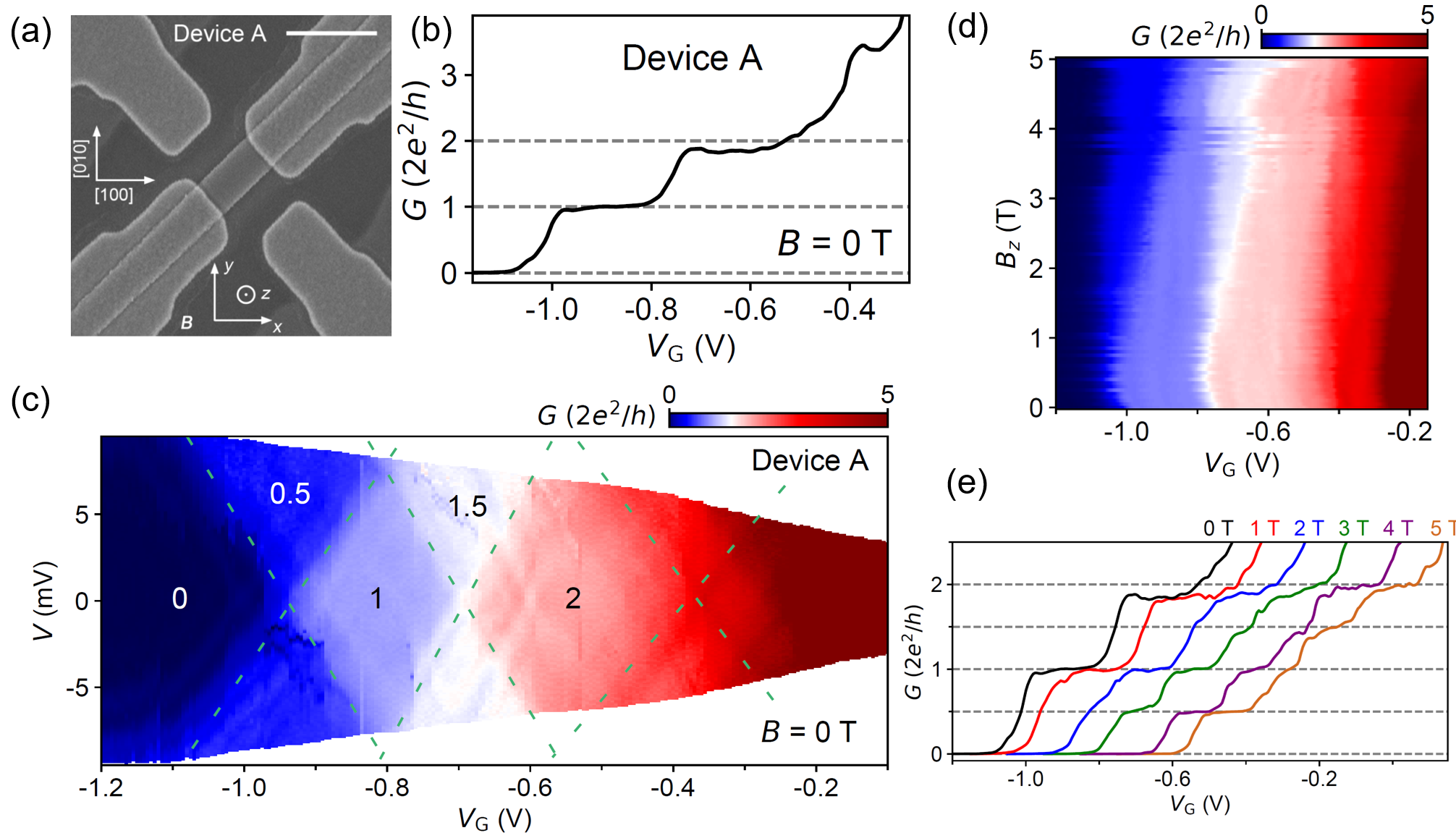Semiconductor nanowires (InAs and InSb) coupled to a superconductor are predicted to host Majorana zero modes, holding promise for topological quantum computations. The current roadblock is disorder. Disorder can induce trivial zero energy states and suppress the Majorana signal. One direct way to assess the level of disorder in a device is its electron transport. The transport in a clean semiconductor nanowire is ballistic, manifested as quantized conductance plateaus due to its quasi-one dimensional nature. As disorder increases, the plateau gets worse, finally disappears and the transport becomes diffusive. To solve the disorder issue, PbTe nanowires have been proposed as a new Majorana platform in recent years by the topological quantum computing team, led by Prof. Ke He and Prof. Hao Zhang. They have carried out systematic works on PbTe nanowires, e.g. see PRB 105, 085424 (2022), PRMaterials 6, 034205 (2022), PRB 105, L241112 (2022), PRMaterials 7, 086201 (2023) andPRB 108, 045426 (2023).
Here, the team has reduced the disorder to a new level and achieved zero-field ballistic transport in PbTe nanowires. The zero-field quantized conductance plateaus also suggest that the quality of PbTe nanowires is catching up with the state-of-the-art of III-V (InAs and InSb) nanowires. In addition, the plateau values indicate that the valley degeneracy is lifted, solving another issue for the Majorana realization.

(a), Scanning electron micrograph of the device. (b) Quantized conductance plateaus at zero field. (c) Bias and gate scan of the plateaus, revealed as diamond shapes. (d) Magnetic field dependence of the plateaus with line cuts shown in (e).
The work, entitled “Ballistic PbTe nanowire devices”, is published in Nano Letters. The first authors are graduate students of the Physics Department: Yuhao Wang, Fangting Chen and Wenyu Song. Corresponding authors are Prof. Ke He and Prof. Hao Zhang. The work is supported by the National Natural Science Foundation of China, Ministry of Science and Technology of China, Tsinghua University Initiative Scientific Research Program, Beijing Municipal Science and Technology Commission, Hefei National Laboratory, and the Innovation Program for Quantum Science and Technology.
Paper Link: https://pubs.acs.org/doi/10.1021/acs.nanolett.3c03604